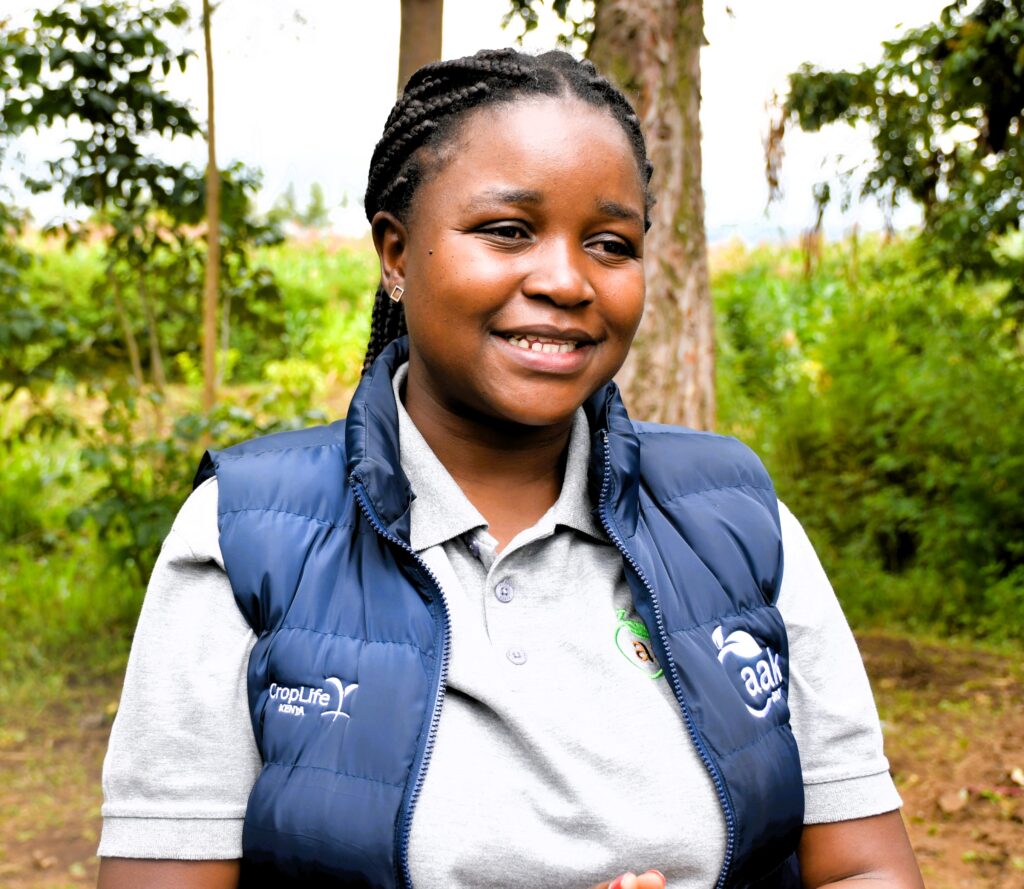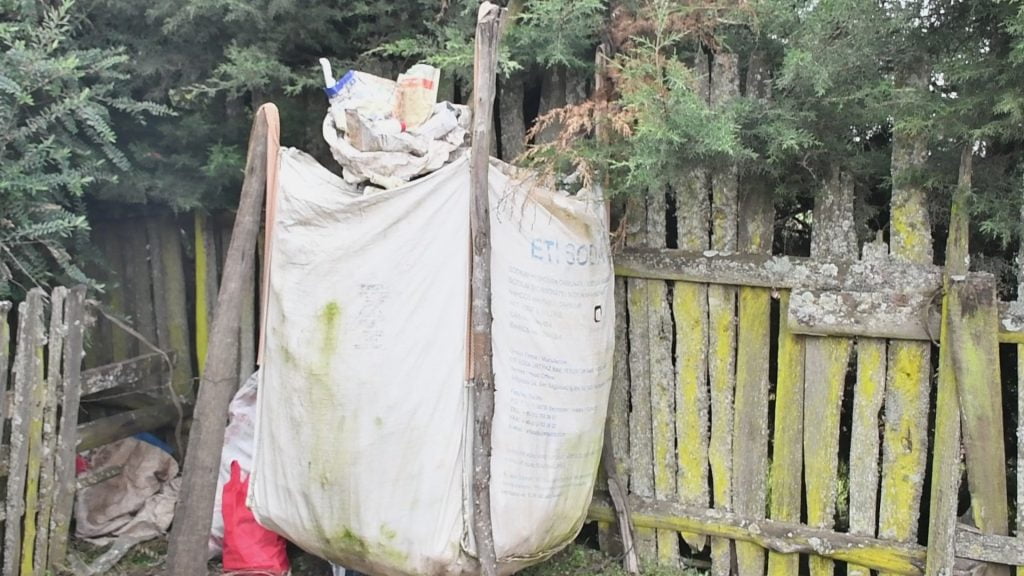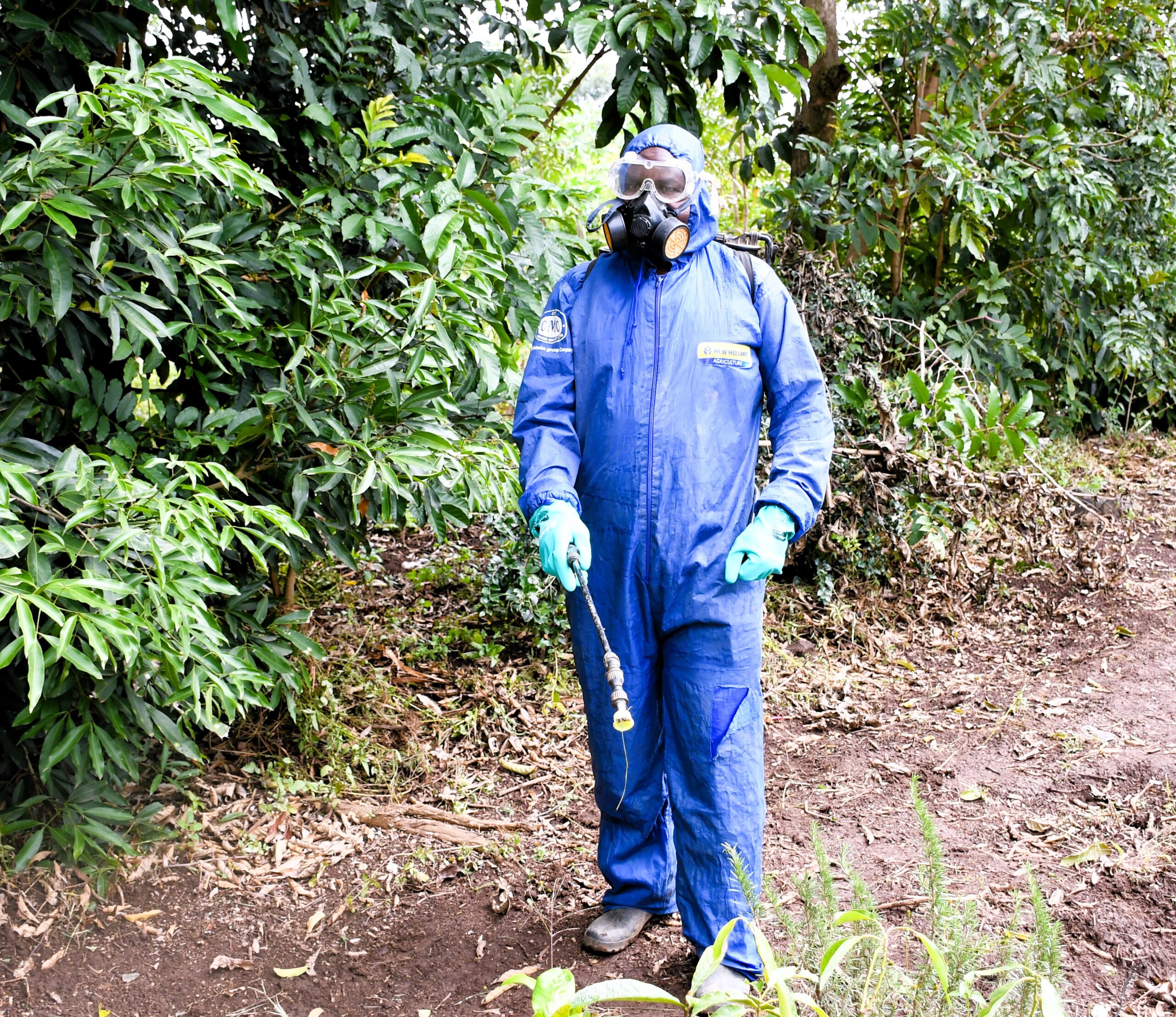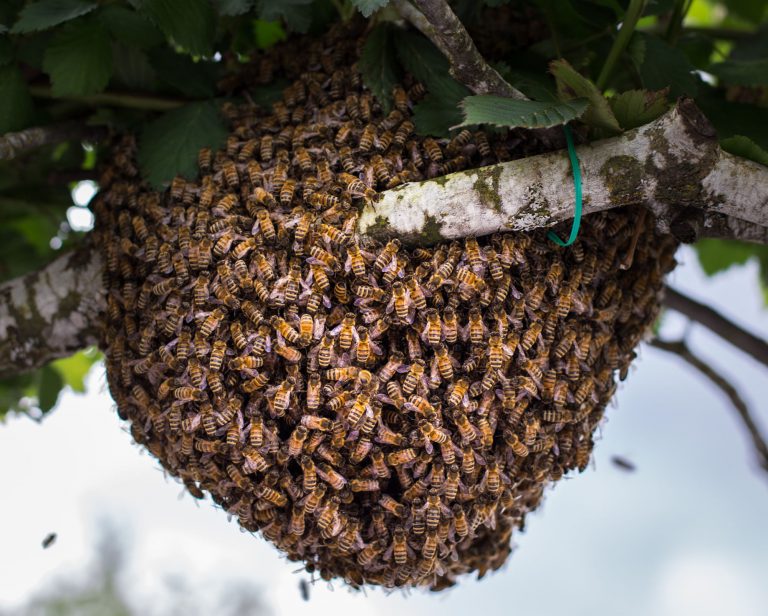By Kimuri Mwangi
Despite years of training, regulations, and public awareness campaigns on the safe use of pesticides, many Kenyan farmers continue to misuse pest control products—primarily due to behavioural challenges. In response, aak-GROW, Kenya’s leading pest control stakeholder organization, has rolled out an innovative grassroots initiative dubbed Stewardship Mashinani, aimed at transforming farmer behaviour through localized, community-based engagement.
The initiative is being piloted in Nakuru County since late 2024 and is designed to address persistent safety gaps in the handling and use of pesticides, especially among smallholder farmers who form the backbone of Kenya’s agriculture sector.
“We’ve trained them, we’ve given out the knowledge, we’ve shared the label instructions, but the farmer still misuses the product,” said Velma Wekesa, Stewardship Officer at aak-GROW. “It all comes down to behaviour change, and that’s what the Mashinani approach seeks to address.”

aak-GROW, which brings together producers, manufacturers, importers, formulators, re-packers, distributors, and users of pest control products, developed the Mashinani approach to bridge the gap between knowledge and practice. While pesticide labels contain detailed safety instructions, backed by regulations from the Pest Control Products Board (PCPB), many farmers continue to ignore them, leading to improper usage, health risks, and environmental damage.
“The issue isn’t lack of information. The challenge is behaviour change,” Wekesa explained. “Farmers still spray in vests, avoid Personal Protective Equipment (PPE), ignore Integrated Pest Management (IPM) principles, and dispose of empty containers improperly. We needed a fresh approach.”
Nakuru County was strategically selected for the pilot due to its strong agricultural foundation, existing governance frameworks, and willingness of the county’s agriculture department to collaborate with stakeholders. With over 70% of its population engaged in farming, the county contributes more than 5.2% to Kenya’s national GDP in the last quarter, making it an ideal testing ground for the Mashinani model.

“Nakuru is one of the few counties with a food safety committee. It has the infrastructure and commitment needed to integrate stewardship at scale,” Wekesa noted.
The Mashinani initiative leverages the influence of community-based structures to instil safe pesticide practices from the ground up. These include Community Health Promoters (CHPs), public barazas (community forums), religious and educational institutions, agro dealers, farmer cooperatives and informal groups, including women and youth associations.
The idea is to embed stewardship messages within trusted local platforms, ensuring consistent and relatable communication.
Working with the Ministry of Health, aak-GROW trained over 120Community Health Promoters (CHPs) across seven sub-counties. These promoters conduct household visits, educating families on the safe purchase, transportation, and storage of pesticides, proper PPE use, first aid measures and the use of the poison information toll-free line printed on product labels. The poison hotline is managed in partnership with Kenyatta National Hospital, providing expert support in the event of accidental poisoning.
“Over 5,000 households have already been sensitized through this model,” said Wekesa. “We are seeing early signs of improved awareness and more cautious handling.”
Agricultural officers in all 11 sub-counties of Nakuru have been trained to incorporate pesticide safety messaging into barazas, which are traditionally held to discuss security and community matters. “We’ve seen that in places like Lamu, baraza structures are trusted and effective,” Wekesa said. “Why not use the same model to talk about farming and food safety?” This engagement has led to the establishment of four pesticide container collection points in Molo and Rongai sub-counties, helping address the problem of improper disposal.
Through a partnership with Egerton University, stewardship concepts have been introduced in nine schools in Njoro sub-county using the 4K Club model. Teachers have been trained and provided with learning materials to guide students on safe pesticide practices. Field days and exhibitions are being planned to showcase student learning. The children are expected to be influencers since, when they understand the importance of safety, they pass that knowledge to their households.
The program is also working with both formal and informal farmer networks, including youth and women groups, to expand reach and ensure sustainability. These structures form a crucial support system for disseminating safety messages.
Later this year, aak-GROW will conduct a comprehensive evaluation of the Nakuru pilot. Based on outcomes, the Mashinani model is expected to be expanded to other agriculture-rich counties. She emphasized that product stewardship must cover the entire pesticide lifecycle from manufacturing to disposal and that the Mashinani initiative plays a vital role in closing that loop. “Stewardship Mashinani is more than an initiative; it’s a movement to empower communities with the knowledge and tools to protect their health, environment, and livelihoods. By working through trusted local networks, we are confident that responsible pesticide use will become second nature to smallholder farmers across Kenya.”





